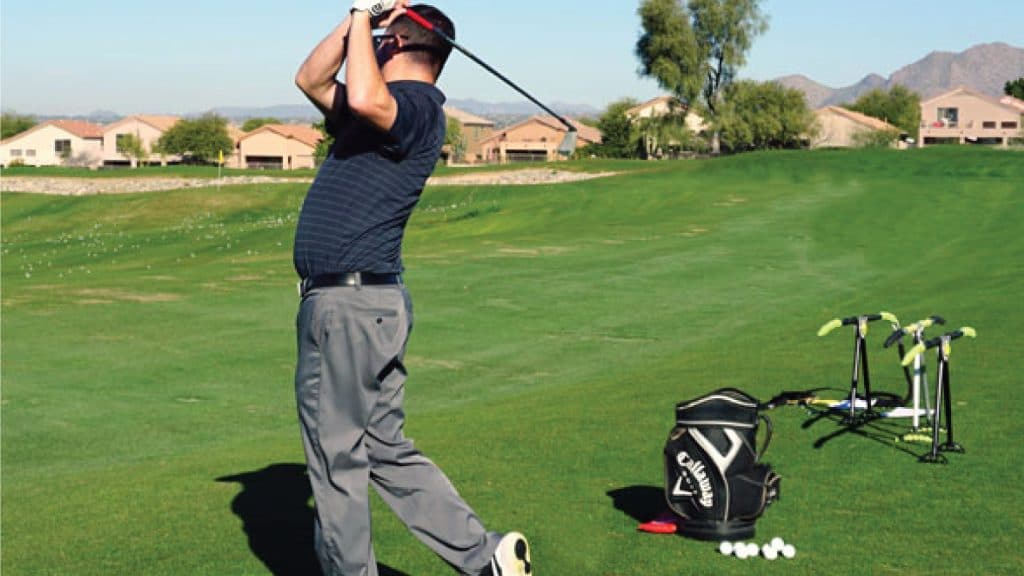Human Rotation for Function & Performance

Human Movement Can Be Difficult to Understand Human movement can be complex and difficult to understand. We live and move in three different dimensions: forward and back, side-to-side, and rotationally (and usually all three simultaneously). Some joints are designed to primarily move forward and back (flex and extend), e.g., elbow and knee joints. Other joints […]
